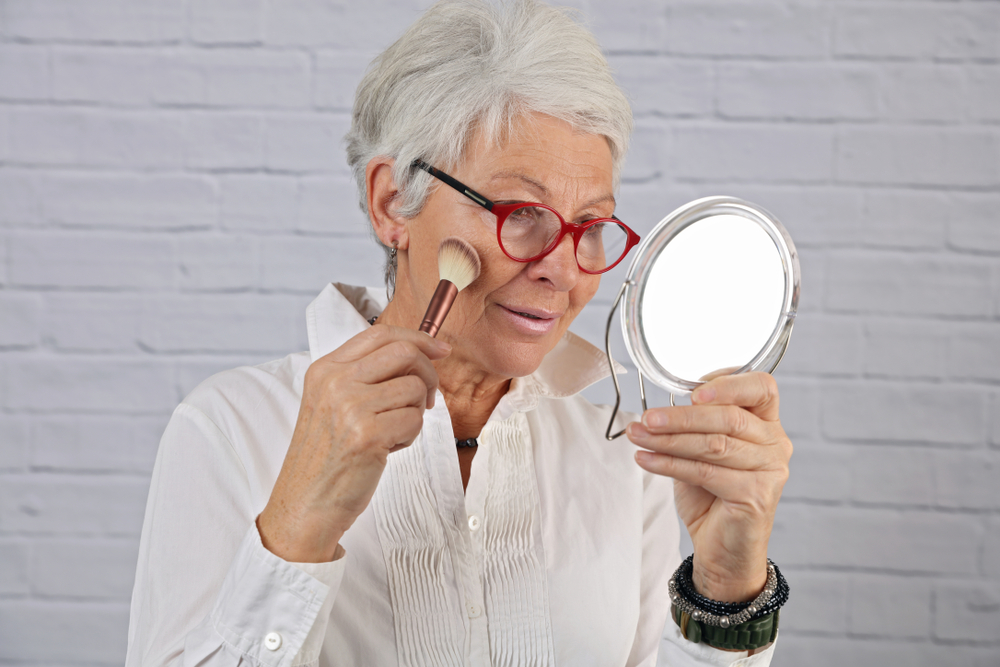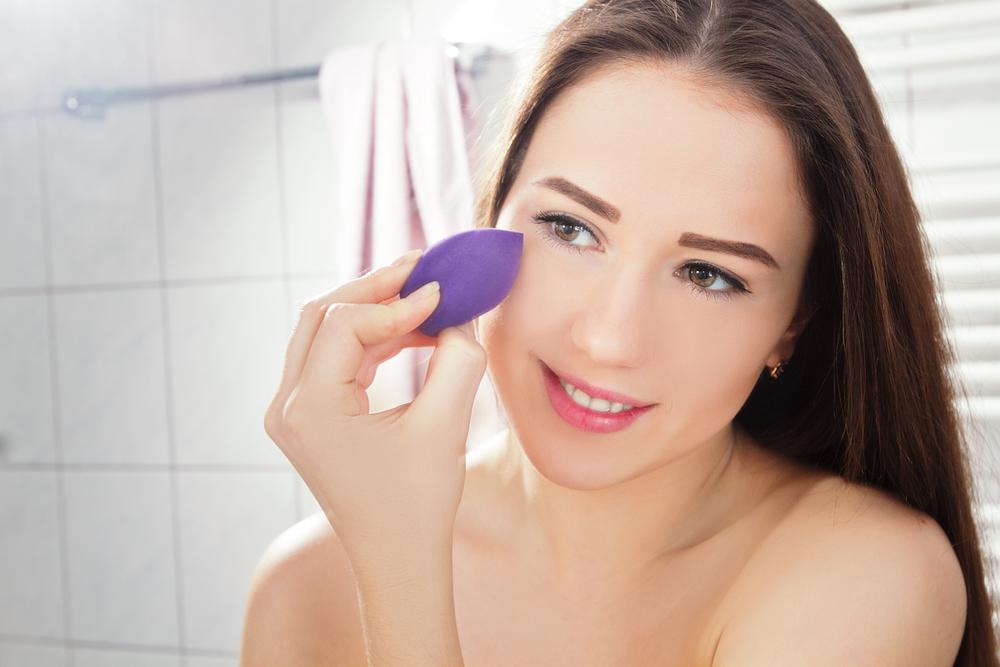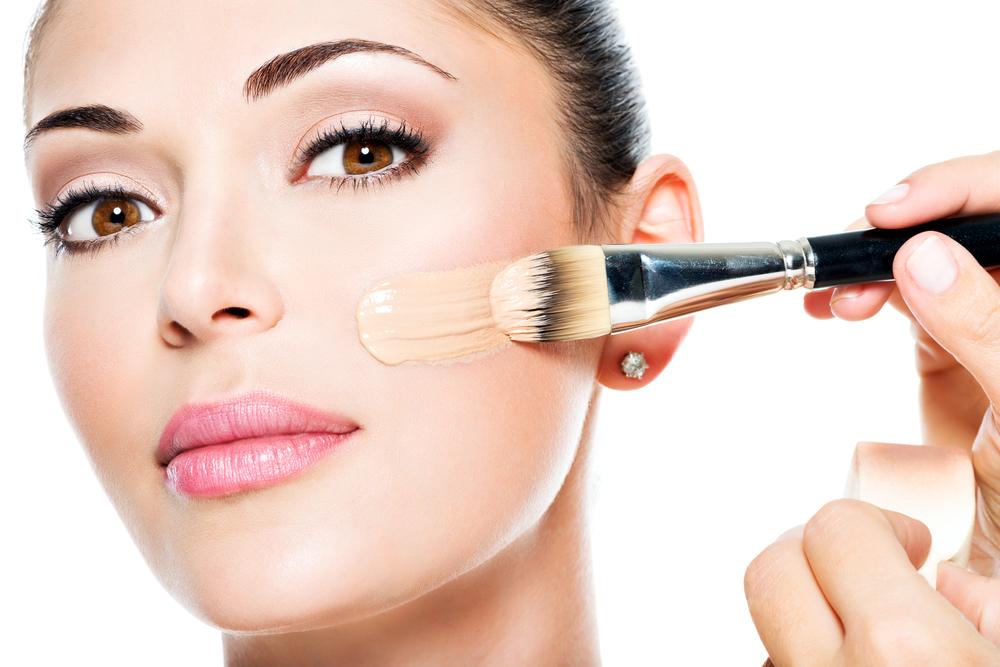Comprehensive Guide to Selecting the Ideal Foundation for Aging Skin
Discover expert tips on choosing the perfect foundation for mature skin, focusing on hydration, shade matching, suitable ingredients, and application techniques. Learn how to enhance your natural beauty and protect your skin with ideal foundation selections that cater to aging skin's unique needs.

Comprehensive Guide to Selecting the Ideal Foundation for Aging Skin
As we journey through different stages of life, our skin undergoes significant transformations that require us to adapt our skincare and makeup routines. From the emergence of fine lines and wrinkles to changes in texture and tone, aging skin demands products that are tailored to address these unique challenges. Choosing the right foundation becomes crucial—not only for achieving a smooth, flawless complexion but also for supporting skin health and combatting visible signs of aging. With a plethora of foundations available on the market, understanding the key features to look for can help you make an informed decision that accentuates your natural beauty while offering protective benefits.
Choosing an appropriate foundation is a critical step in creating an elegant and harmonious makeup look. An ideal foundation should seamlessly blend into your skin, conceal imperfections, and contain nourishing ingredients that support skin resilience and youthfulness. It’s essential to update your foundation choices regularly to match shifting skin conditions, seasonal changes, and evolving preferences. By understanding the nuances of foundation formulas, shades, and ingredient profiles, you can select a product that enhances your appearance with a natural glow while safeguarding your delicate, aging skin.
Here are essential tips to guide your selection process, ensuring you get the best product for your aging skin:
Pro Tips for Choosing the Right Foundation for Mature Skin
Hydrating Formulations: If your skin feels dry or shows signs of dehydration, opt for foundations that offer hydration. Creamy, liquid, or serum-based formulas provide moisture, giving your skin a plump, refreshed look. In contrast, oil-free bases suit oily skin, helping control excess shine and preventing a cakey appearance. Selecting the wrong type can accentuate dryness or oiliness, making your skin look uneven or aged.
Perfect Shade Match: Achieving a natural and cohesive look starts with choosing the right shade. Always test foundation on your jawline, blending well to see how it harmonizes with your neck and face. Remember that skin tones can fluctuate with seasons, so reassess your shade preference periodically to maintain a seamless match.
Professional Guidance: Consulting skincare experts or professional makeup artists can provide valuable insights tailored to your specific skin concerns and aging process. They can recommend suitable formulations and shades, ensuring your makeup enhances your natural beauty.
Patch Testing: Before committing to a new foundation, perform a patch test on a small area of your skin to check for adverse reactions. This step helps you avoid irritation and ensures the foundation is compatible with your skin.
In terms of ingredients, prioritize products enriched with components that support aging skin. Look for hyaluronic acid for deep hydration, antioxidants like vitamin C, pomegranate extract, or Coenzyme Q10 for protective benefits. Natural extracts such as green tea or alpha-lipoic acid help combat free radicals, promoting a brighter, younger-looking complexion.
Liquid foundations are especially suited for mature skin as they provide smooth application and a natural finish. They are less likely to settle into fine lines or emphasize dryness, giving a more youthful appearance. Serum-based foundations also offer a radiant, light-reflecting finish that enhances the skin’s natural glow without appearing heavy or cakey.
For optimal results, prepare your skin before foundation application by gently exfoliating to remove dead skin cells and applying a good moisturizer. Using a primer can create a smooth canvas, helping your foundation to apply more evenly and last longer. Avoid foundations designed for younger skin types, as they may cling to wrinkles or uneven textures. Instead, select products formulated to provide ample coverage while enhancing your skin’s natural vibrancy and elasticity.





